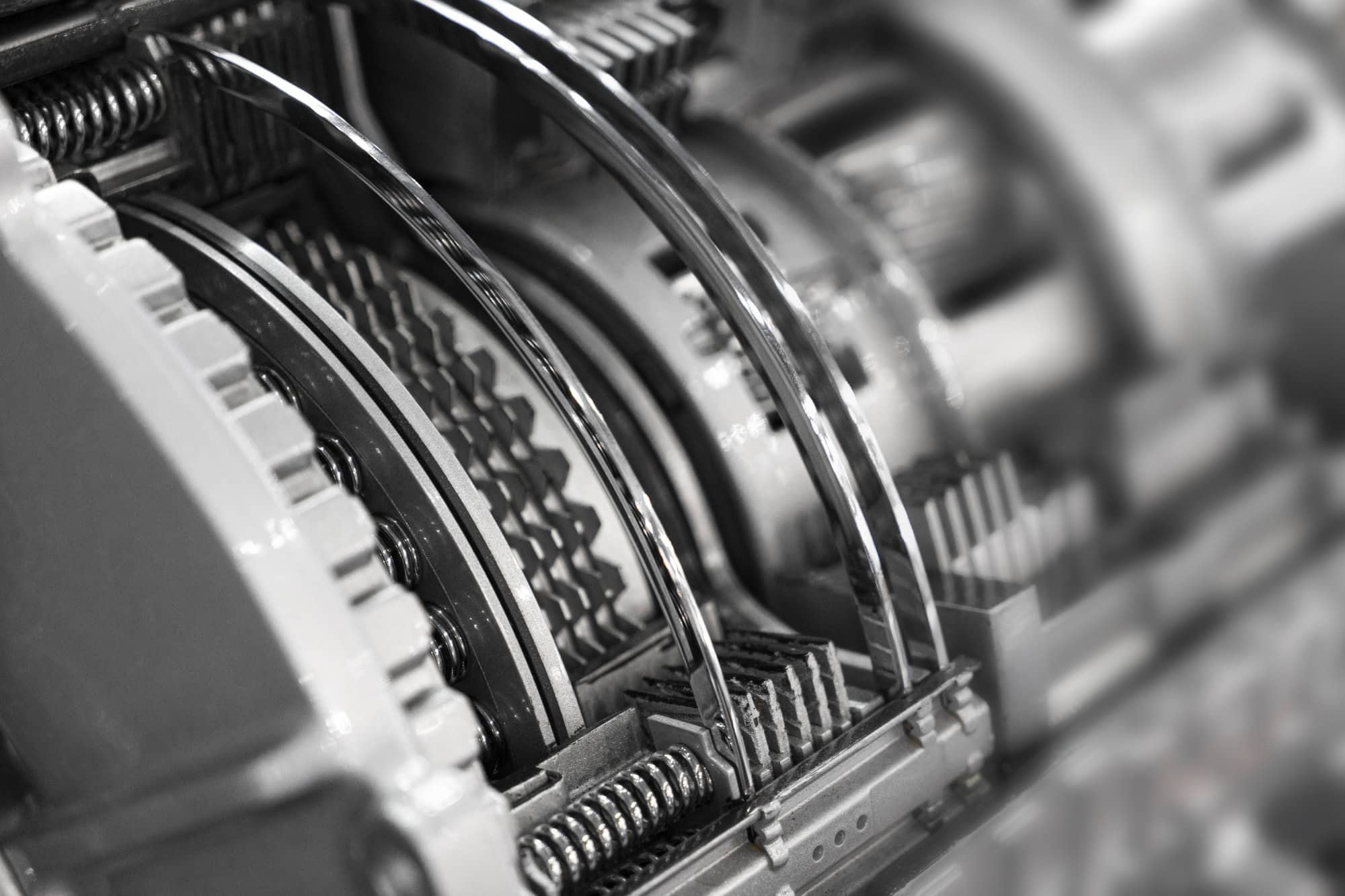In our ever-evolving world, the need for continuous connectivity and seamless access to power sources is becoming ever more crucial. In the time when our lives are increasingly intertwined with digital technologies, the demand for uninterrupted power supply and the ability to charge devices anywhere at any time is a common desire. But, what if we told you that a world where power cords are obsolete is not just a vision for the future, but a possibility that is closer than you may think? This is where wireless power transmission comes into play.
Wireless power transmission, much like its name suggests, refers to the transmission of electrical energy from a power source to an electrical load, without the need for physical connectors or cables. This article will explore the potential of wireless power transmission in public spaces, discussing its benefits, challenges, and possible applications.
A lire aussi : What’s the Role of AI in Enhancing the Personalization of Digital Radio Content?
Understanding Wireless Power Transmission
Before we delve into the potential of wireless power transmission in public spaces, it’s crucial to understand what it is and how it works. Wireless power transmission is not a new concept. It was first proposed by Nikola Tesla in the early 20th century. However, due to technological limitations and practical considerations, it has only recently been made possible on a larger scale.
Wireless power transmission functions through the utilization of electromagnetic fields between two objects through coils to transmit energy. This process is known as inductive charging. More advanced forms of wireless power transmission involve resonant inductive coupling, which extends the range of transmission.
A voir aussi : How Is Augmented Reality Shaping the Future of Consumer Product Trials?
The Benefits of Wireless Power Transmission in Public Spaces
The application of wireless power transmission in public spaces can bring significant benefits. Among these is the convenience it offers to individuals. Imagine walking into a coffee shop or airport and not having to scout for available sockets to plug your devices into. With wireless power transmission, you can simply place your electronic devices on a designated surface, and they would start charging.
Another significant advantage is the potential reduction in electronic waste. By reducing the need for charging cables and adapters, wireless power transmission could help lessen the amount of electronic waste produced each year.
Furthermore, with the integration of wireless power transmission in public spaces, cities could become more efficient and smarter. This technology could help power various IoT devices, such as sensors, offering numerous possibilities for smart city applications.
Challenges of Implementing Wireless Power Transmission
While the benefits of wireless power transmission are clear, there are also challenges that need to be addressed. One of the main concerns is the efficiency of power transfer. Currently, wireless power transmission is not as efficient as its wired counterparts. There is a significant amount of power loss during the transmission process, which needs to be improved.
Safety is another concern. The use of electromagnetic fields for power transmission poses potential health risks. Therefore, ensuring that the technology is safe for use in public spaces is crucial.
The cost of implementation is another factor to consider. The infrastructure needed to support wireless power transmission in public spaces might be costly. This includes the cost of installing charging surfaces and maintaining the system in the long run.
The Future of Wireless Power Transmission in Public Spaces
Despite the challenges, the potential of wireless power transmission in public spaces is vast. Many companies are already investing in the research and development of this technology, and some countries, such as South Korea, have already begun implementing it on a smaller scale.
In the future, we might see wireless power transmission integrated into various public spaces, such as parks, transportation hubs, and cafes. This could revolutionize the way we interact with our devices and surroundings, making our cities smarter and more connected.
In conclusion, the potential of wireless power transmission in public spaces is immense. It offers convenience, reduces electronic waste, and presents opportunities for smart city applications. However, addressing its challenges, such as power efficiency, safety, and cost, is crucial. With continued research and development, we might soon live in a world where plugging in is a thing of the past.
Implications for Green Energy and Sustainability
Implementing wireless power transmission in public spaces could also have significant implications for green energy and sustainability. This technology has the potential to make a considerable impact on the environment by reducing electronic waste, as mentioned earlier. But the benefits could extend beyond that. For instance, wireless power transmission could be compatible with renewable energy sources, such as solar or wind power.
If public spaces were equipped with wireless power transmission capabilities that draw power from renewable energy sources, this could significantly reduce our reliance on fossil fuels for charging electronic devices. For example, solar panels could be installed in public parks to power the wireless charging stations. This not only provides a sustainable power solution but also encourages the use of public spaces and facilities.
Moreover, the utilization of wireless power transmission could lead to more energy-efficient cities. By powering streetlights, park facilities, and other public utilities wirelessly, cities could reduce energy loss associated with traditional wired transmission. This could lead to overall cost savings in the long term, despite the initial implementation costs.
Conclusion: A World Without Wires
Wireless power transmission in public spaces is a concept that is poised to redefine our understanding of connectivity and convenience. By eliminating the need for physical connectors or cables, this technology offers unparalleled convenience to individuals, reduces electronic waste, and presents numerous possibilities for smart city applications.
However, it’s essential to address the challenges it presents, including power efficiency, safety, and implementation cost. The ability to transfer power wirelessly with high efficiency and minimal health risks is crucial for this technology to become a feasible solution in public spaces.
Despite these challenges, the potential benefits of wireless power transmission are too significant to ignore. With the integration of this technology in public spaces and its compatibility with renewable energy sources, we’re looking at a future that’s not just cable-free, but also more sustainable and efficient.
Although we’re still in the early stages of realizing this technology’s full potential, the rapid pace of technological advancements gives us hope. Current research and development efforts are paving the way towards a world without wires. As we continue to innovate and improve, we might soon find ourselves living in a world where plugging in is a thing of the past.











